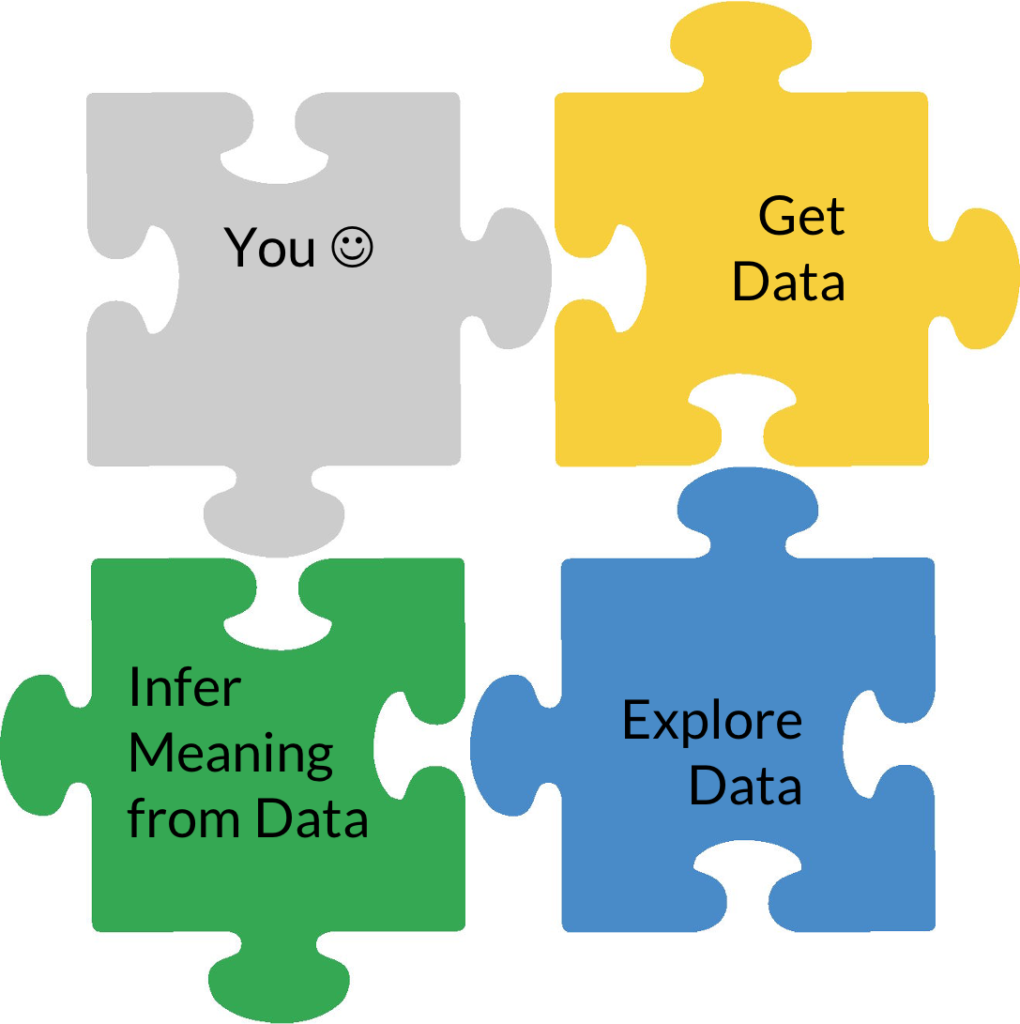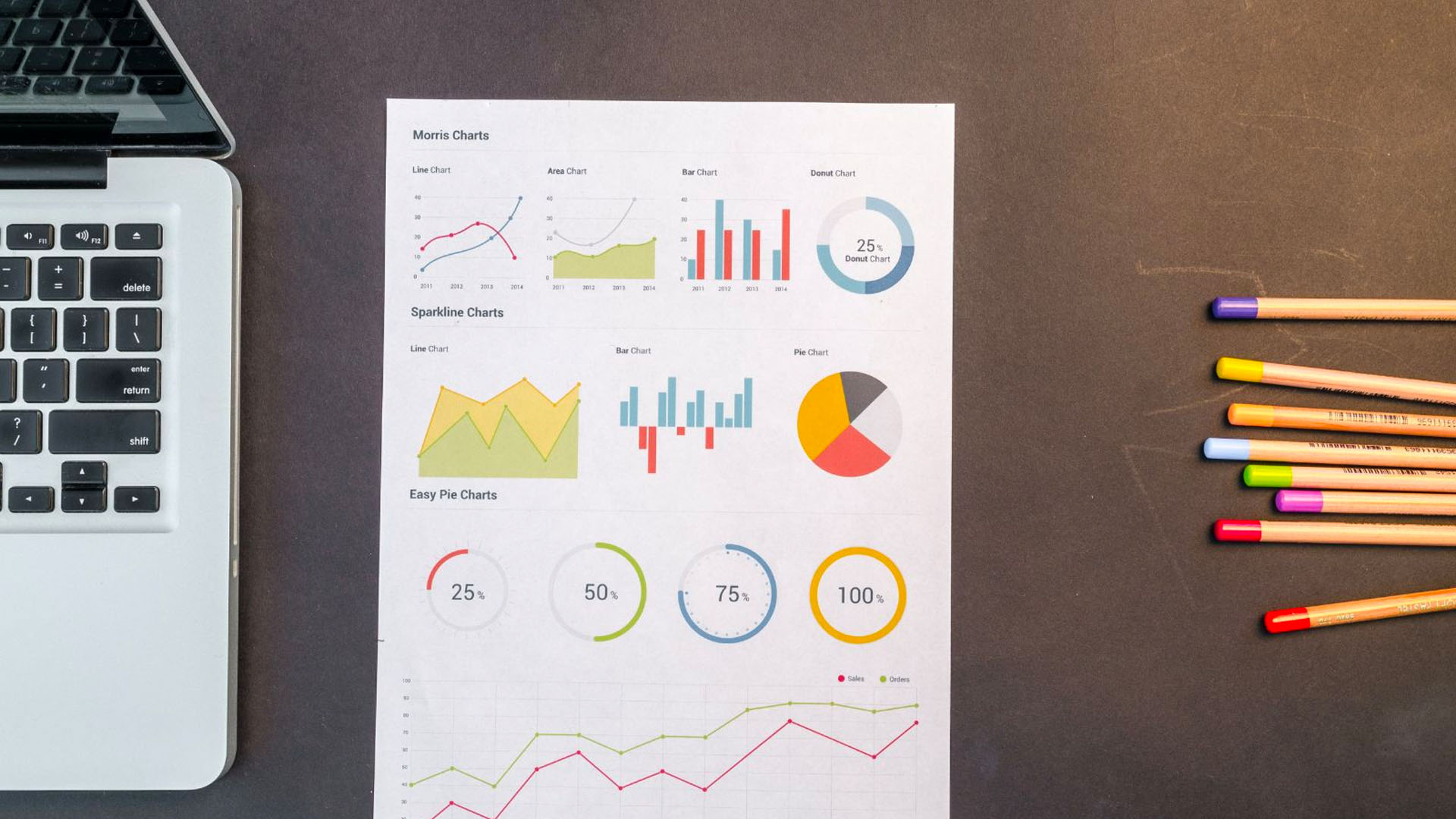There is an explosion of data and graphs all around us—on the news, in our social media feeds, on our phones, etc. And it is becoming increasingly clear that our students need to build their data skills to succeed in the 21st century (be it at a future job or paying their electricity bills). Thus, working with data is something we all need to teach. But, here is the catch. It is something most of us were never explicitly taught ourselves how to do, let alone taught how to teach others to do. So, many of us are struggling to figure it out on our own as we go. Fortunately, it doesn’t have to be that way!
3…
Let’s start with the fact that whenever we do something with data we do some form of: Getting Data, Exploring Data, and Inferring Meaning from Data (three realms of data literacy(1)). What we do in each varies. How much we do in each varies. The complexity of what we do in each varies. But every time we work with data there is a little bit of each of these realms mixed in there. Helping our students explicitly see which realm they are working in a given moment builds their understanding of data overall as an active interlocking process!

Credit: Kristin Hunter-Thomson, 2021
2…
Is it me or do those realms still seem pretty large and vague? Have no fear, we are going to break them down in just a moment. But first I want to pause to remind us that two key aspects for gaining mastery in any skill are practice and time. In order to help our students become data literate by the time they graduate 12th grade we need to give them time to practice working with data in smaller chunks. Think, break it down to build it up. Ok, but how do we do that?
1…
In the “Building Blocks for Data Literacy” skills progression template! We can leverage what research indicates about how people learn with data as well as current subject area standards to approach teaching data literacy as a K-12 progression of skills.
“Building Blocks for Data Literacy” introductory video:
“Building Blocks for Data Literacy: What can my students do with data?” document
Go!
With a vision of the end goal, a place to start, and a reminder that it is not all on us in any one lesson, we are off to the races. Teachers around the country are using this approach to make teaching with data easier and to set their students up for more success.
But remember, preparing our students with the skills to be data literate and succeed in our data-driven world is a marathon not a sprint. Make sure you have your running shoes on, not your track spikes. And do not hesitate to reach out for some cheering and/or coaching along the way.
1. Data Literacy is defined as the collect, organize, visualize, analyze, interpret, and share data for yourself and other people to use and understand.
Resources
Please login or register to claim PGPs.
Alternatively, you may use the PGP Request Form if you prefer to not register an account.



